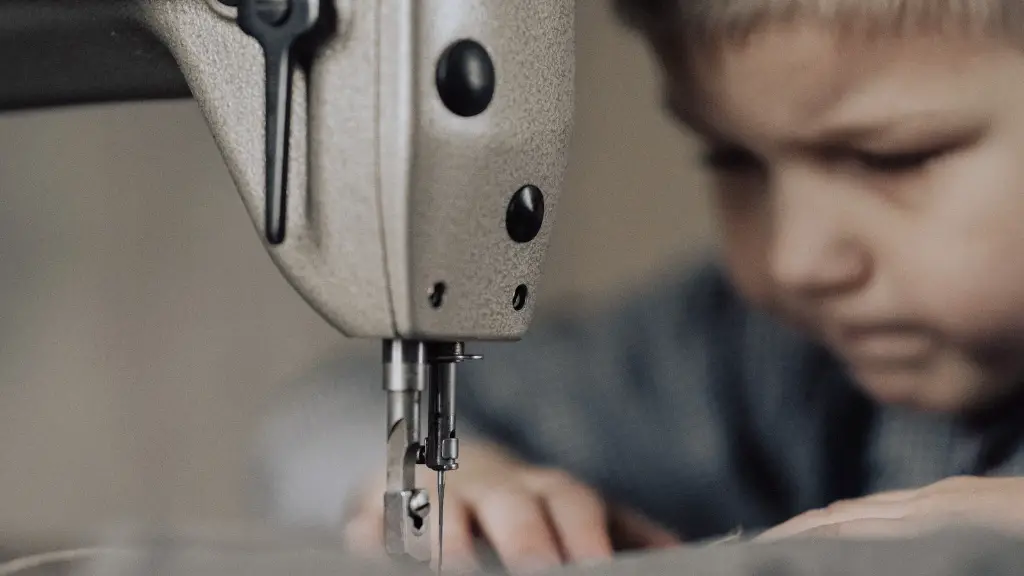Introduction
Sewing machines are becoming increasingly popular these days, with more and more people taking up this hobby. While they are relatively straightforward to use, they do occasionally have issues – and one of the most common is when the tension becomes too tight or too loose.
Tension issues can make it difficult to get the needle through the fabric properly, or to make neat stitches. While it is possible to take the machine to be serviced, there is no need to as many issues can be fixed or adjusted without professional help.
What Is Sewing Tension?
Sewing tension is the force that is used to pull the two threads together, creating a neat and secure stitch. It is the relationship between the bottom thread and the top thread, and can only be adjusted by changing the tension.
Why Is My Tension Wrong?
One of the most common reasons for incorrect tension is incorrect threading. Even machines that are threaded correctly can experience tension problems when the thread is not adjusted correctly. This can usually be fixed by checking the thread guide, needle tension and presser foot pressure. Other issues such as a damaged needle or bobbin can also cause tension problems, as can incorrect stitch length or the use of the wrong type of thread.
How To Adjust The Tension
The process of adjusting the tension will slightly vary depending on the type of machine you are using. However, most machines have an adjustable dial that can be used to adjust the tension. On some machines, there is also a separate tension lever that needs to be adjusted. It is important to make sure that both the upper and the lower tensions are adjusted correctly.
Troubleshooting
If the tension adjustments do not seem to help, then it is best to start again and check for any other damage. The needle should be checked for any damage or wear and replaced if necessary. The bobbin should also be checked and if it is not winding correctly, it will need to be adjusted or replaced. The foot pressure and stitch length should also be checked and adjusted if necessary.
What Other Causes Are There?
There are a few other issues that can cause tension problems, including the type of fabric being used, the type of thread, and the wrong type of needle for the fabric. The fabric should always be tested for the correct weight, thread should match the fabric weight, and the right type of needle should be used. If the tension still remains too tight or too loose, then it is a good idea to take the machine to be serviced.
What Else Should I Know?
It is important to remember that tension adjustments may need to be tweaked every time the type of fabric or thread being used is changed. This is because different fabrics and threads will have different weights, and this can affect the tension. Also, the tension should always be tested on a scrap of fabric before sewing the project to ensure that it is correct.
Conclusion
Sewing machine tension problems can be intimidating bute with a bit of practice, knowledge and troubleshooting, it’s possible to fix them without needing an expensive service. Knowing the basics of how adjusting tension works, as well as the other factors that can affect tension, can make it a lot easier to adjust your sewing machine for the best results possible.


